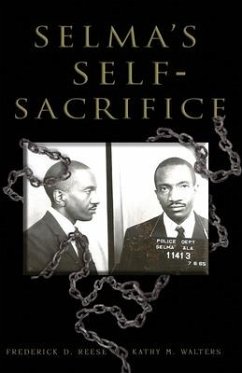Frederick D. Reese was born on November 28, 1929, in Selma, Alabama. Reese rose to national prominence as a civil rights leader after Selma's "Bloody Sunday." He later marched with Rev. Martin Luther King, Jr. from Selma to Montgomery as an advocate for African-American voter registration rights. On March 7, 1965, Reese and more than 600 other activists marched across the Edmund Pettus Bridge in Selma, Alabama. The day would live in infamy as "Bloody Sunday" after protestors were beaten and sprayed with tear gas on the orders of Alabama Governor George Wallace. Following the violence that day, the majority of the marchers congregated at Brown Chapel AME Church, where Reese spoke to the crowd. Rev. Martin Luther King, Jr. called Reese from Atlanta with news that he was organizing a march involving ministers from all over the country. On March 21, 1965, more than 3,000 people gathered at Selma's Brown Chapel AME Church in an attempt to march the 50-mile journey from Selma to Montgomery, but Judge Johnson would only grant clearance for 300 marchers to begin the two-lane trek along Hwy. 80 east, leaving Selma. Once the highway expanded from a two-lane to a four-lane road, people began joining the marchers. By the time they reached Alabama's state capital, Montgomery, the number of marchers had reached 50,000. Reese marched hand in hand with King, and his front row presence made him a symbol of and leader in the civil rights movement. Read how it all began...
Hinweis: Dieser Artikel kann nur an eine deutsche Lieferadresse ausgeliefert werden.
Hinweis: Dieser Artikel kann nur an eine deutsche Lieferadresse ausgeliefert werden.








